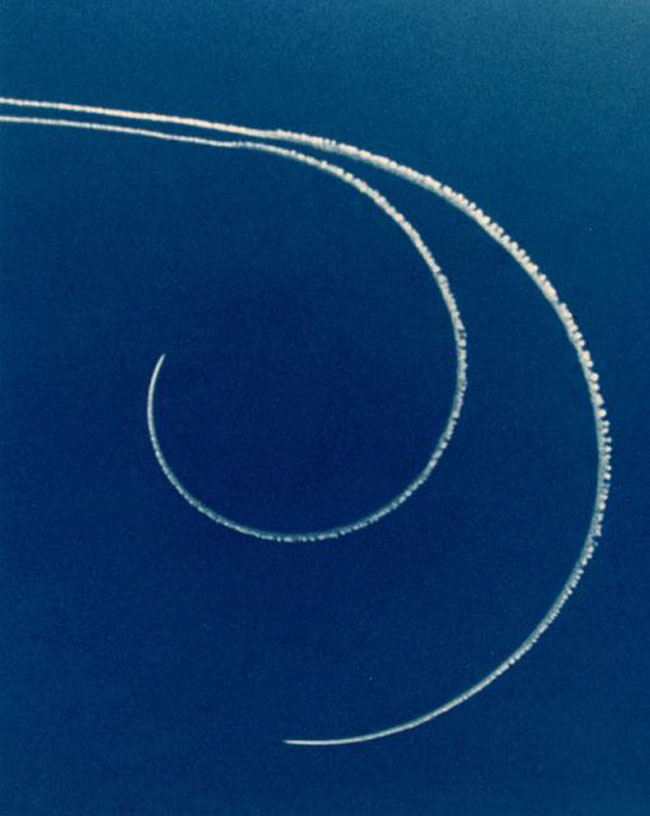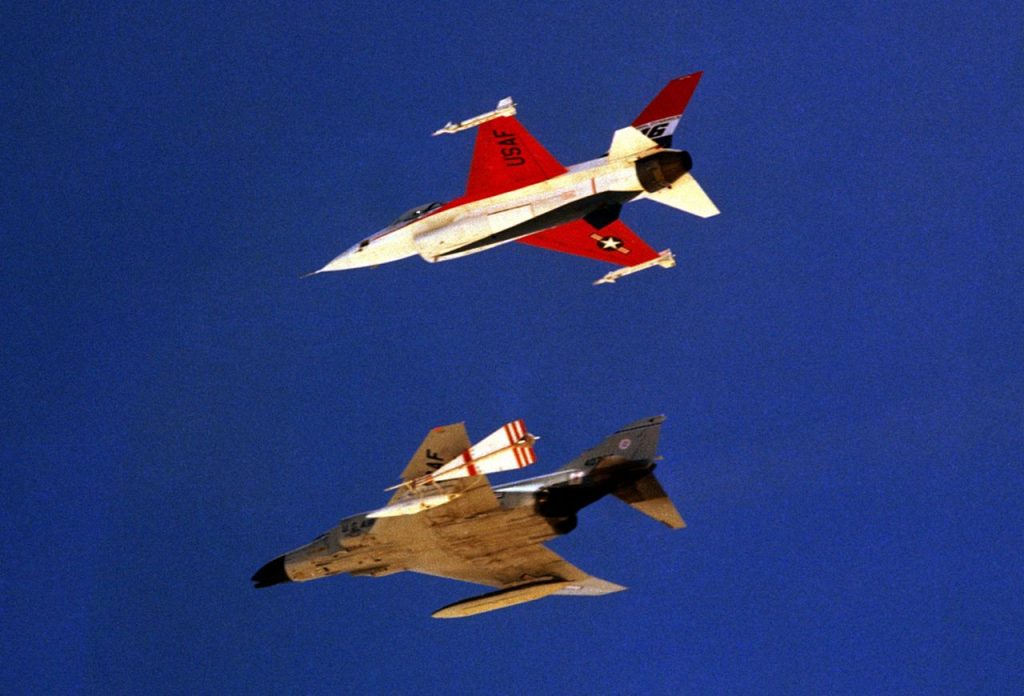In 1977, General Dynamics unveiled a sleek, agile fighter on the world stage: the F-16 Fighting Falcon. This dynamic machine wasn’t just another contender; it was a direct challenge to the reigning champion, the McDonnell Douglas F-4 Phantom II.
The F-16’s impact transcended borders. Nearly half of the nearly 4,600 F-16 Falcons built found homes beyond American soil, forging a legacy of international collaboration.
Belgium, Denmark, the Netherlands, and Norway weren’t just customers; they were partners in development, shaping the very essence of the F-16 aircraft. Since 1978, their air forces have proudly flown hundreds of these nimble fighters.
But the F-16 Falcon’s reach extends far beyond these founding partners. From the sands of Bahrain to the skies of South Korea, 25 nations have embraced the F-16’s versatility. The list reads like a testament to its global appeal: Chile, Greece, Israel, Indonesia, Iraq (retired), Morocco, Poland, Italy, Jordan, Portugal, Taiwan, South Korea, Romania, Oman, Pakistan, Singapore, Denmark, Egypt, Thailand, Turkey, United Arab Emirates, and Venezuela.
The reasons for this widespread adoption are clear. Compared to its contemporaries like the F-104 Starfighter, F-100 Super Sabre, and even the mighty F-4, the F-16 Falcon offered superior performance in numerous aspects. Pilots marveled at its maneuverability, praising its “fly-by-wire” technology and sleek design. This edge wasn’t lost on Air Force commanders, who saw in the F-16 as a potent weapon for both air-to-air combat and air-to-ground attack.
Today, the F-16’s story continues to unfold. Many original operators, impressed by the Falcon’s enduring capabilities, still keep their fleets soaring. The F-16 is more than just a fighter; it’s a symbol of international cooperation, technological innovation, and unwavering performance. It’s a testament to the fact that sometimes, the most dynamic stories are written not just in the skies, but across the globe.
Bonus photo:
Minimum turn radius: F-4 Phantom (outer) vs F-16 Falcon (inner)










